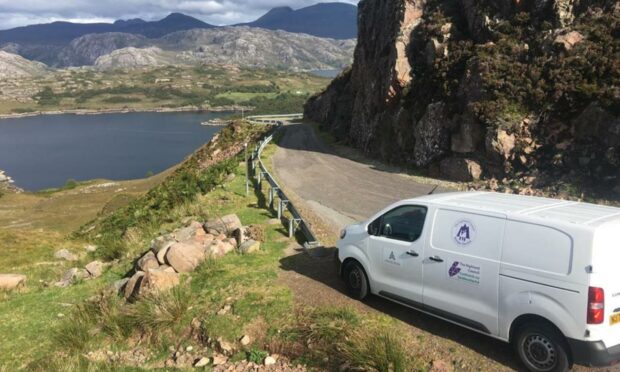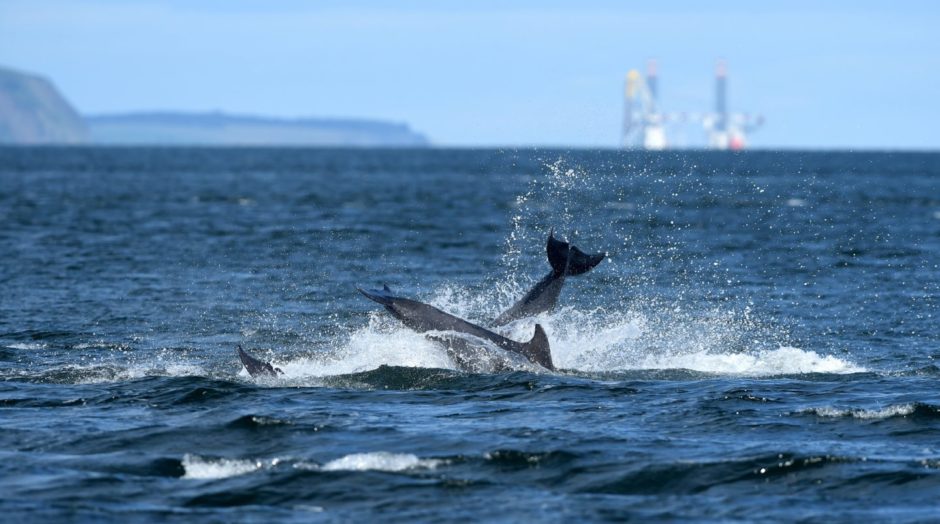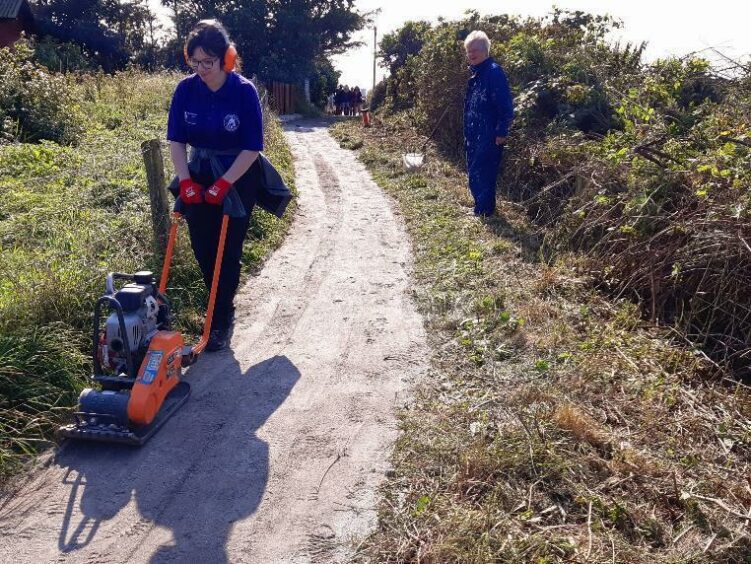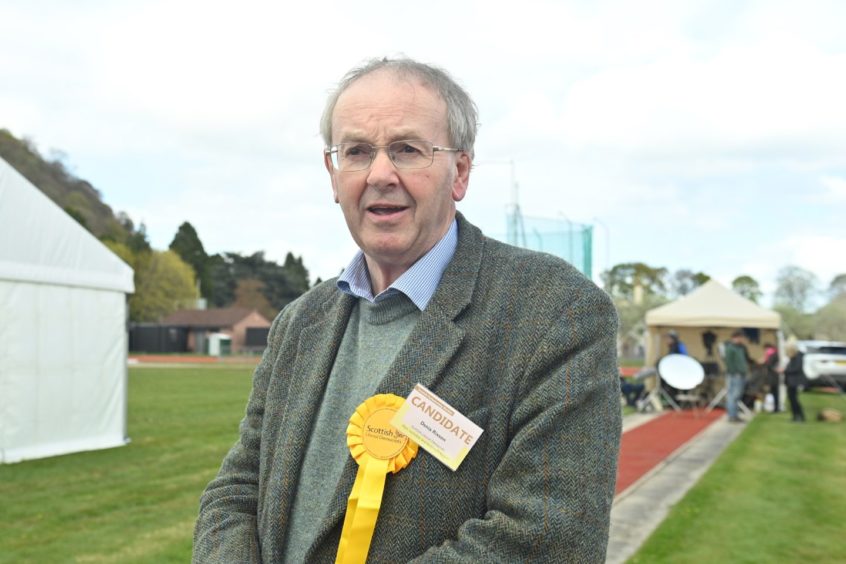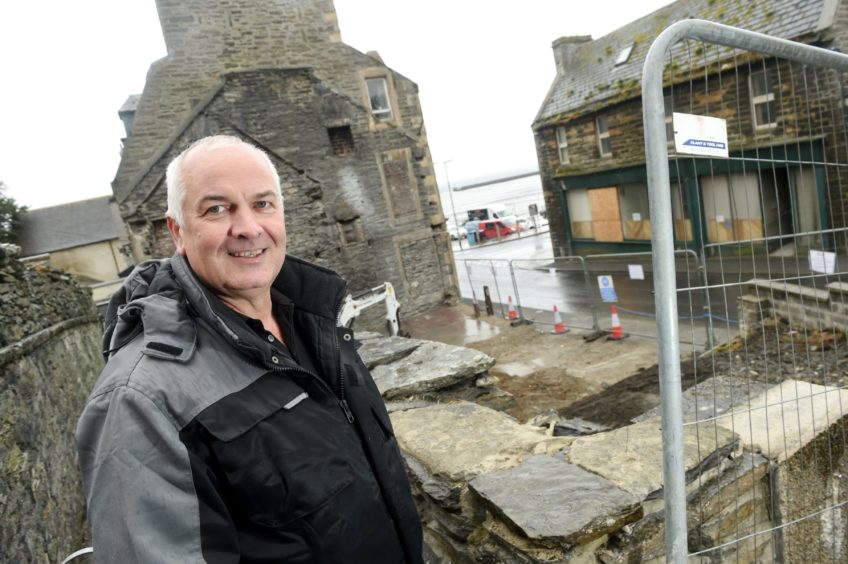The scale of the challenge facing Highland Council’s new seasonal rangers has been laid bare by a “rogues gallery” of what they are up against.
Senior ranger Timothy Francis hailed the new scheme an “undoubted success” but said there is still a long way to go as he highlighted some of the worst offenders over the summer.
Human waste, fly-tipping, blocked lay-bys, felled trees and abandoned campfires were just some of the incidents presented to councillors at Wednesday’s tourism committee.
It was a frank exchange, with senior ranger Mr Francis telling members “could do” was not good enough, and the infrastructure shortages must be addressed.
Every layby is full
The ranger service set out the scale of the tourism challenge and opportunity in a detailed presentation..
In just under four months, the 17 rangers visited 11,500 sites across 1,100 weekend patrols.
The tourism hotspots are mostly concentrated around the south and west areas of tthe Highlands, with particular challenges around Loch Ness, Chanonry Point and areas of rural Sutherland.
In that four month period, rangers saw around 35,000 visitors, with more than half having to be reminded to behave responsibly.
Motorhomes continue to cause issues on rural roads and visitor hotspots.
Nearly 20,000 motorhomes were observed, with the highest numbers in Skye, West Lochaber and the far north-west Highlands.
There were 7,800 tents found camping ‘informally’ – outside of designated campsites.
Blocked lay-bys were a major source of tension for local communities.
Rangers reported that in some areas, car parks quickly filled up, and by a certain time of night, every layby was also full of campervans.
The committee discussed the need to create capacity by converting more areas of land to carparks, providing better signage and improved enforcement.
Officers highlighted the economic opportunity for council too – at Chanonry Point, car parking charges raised more than £8,000 in August alone.
Rogues gallery
An opportunity it may be, but Mr Francis presented a “rogues gallery” which showed the issues that have plagued some communities.
Irresponsible campfires were a big problem.
More than 3,000 fire marks were logged not only in high camping areas, but also at the side of the road. In the hunt for firewood, some campers had felled trees and even hacked up fences with a saw.
Other slides in the gallery showed several examples of fly tipping at the side of the road – by visitors but also by locals – overflowing bins, and rubbish strewn across hillsides and beaches.
The ranger team picked up 1,000 bags of litter despite this not being their core job. Littering was particularly bad around Loch Ness and north Sutherland.
Litter alone is bad enough, but human toileting was also found to be widespread, particularly around west Sutherland and Lochalsh.
“You’d be surprised at just how much of this we see,” said Mr Francis. “These photos aren’t the worst, because the worst are too disgusting to show you at this time of day.”
The need for education
Thankfully, the “rogues” represent the minority of visitors. The ranger team said that most visitors did not deliberately break the rules, and that ignorance was the real culprit.
They highlighted the role of education in changing visitor behaviour.
To that end, the service has contacted 86 community councils and trusts across Highland, 83 land managers and 57 businesses and residents.
Simple signage such as ‘no open fires’ has had a profound effect, and rangers have even given out information packs with ‘poo bags’ included to encourage responsible waste disposal.
Mr Francis said the perception of tourists and the council was slowly changing for the better, and the team felt great pride when communities referred to ‘our ranger’ and built their relationship as human beings.
Councillor Denis Rixson was one of several members to endorse this approach, stating: “I commend your decision to engage positively, because in my experience the vast majority of tourists want to do the right thing. In most cases it’s ignorance of the etiquette.”
NC500 told to step up – but so must council
However, Mr Rixson also highlighted his worry about the availability of funding. The council has only committed enough money to fund 10 of the 17 ranger posts currently in place. The remaining posts hang in the balance while council progresses an application to NatureScot.
The ranger service emphasised the need to keep the good work going.
“This might be contentious,” said Mr Francis, before beginning what was an unusually frank appeal to members.
“What I see is a lack of infrastructure for people coming to use the area, roads getting worn out and verges damaged. There’s not sufficient overnight stay areas, not enough infrastructure for people to get rid of their waste… and the list goes on.”
Mr Francis suggested that a detailed environmental impact assessment should have been carried out prior to the launch of the NC500 tourist route, and the operator now has a responsibility to work with the council on improving services.
He added: “What we can’t do is just sit there and know it’s a problem. We’ve gone another season and I don’t see anything being done.”
Councillor Raymond Bremner said Mr Francis had “hit the nail right on the head”.
He added: “One of the important aspects of this work that we are – rightly – back slapping ourselves for, is that it needs to be sustainable.
“I have always found Highland Council reluctant to engage with the tourism sector, until Covid hit, and then we had to put the money in.
“This right now should be a refreshing intake of breath.”
The North Coast 500 Ltd has backed a campaign from VisitScotland encouraging responsible tourism.
It called on people to consider the impact visits can have on the landscapes, wildlife and communities.
Tom Campbell, executive chairman of NC500 Ltd, said earlier this year: “It’s now more vital than ever that we realise the impact of our visits to the north Highlands and our individual and collective responsibility to care for this beautiful region of Scotland.”
